When not shooting film I really enjoy using SIGMA’s Quattro cameras. Have had and still have other more conventional digital solutions, but I really like these oddball offerings. Especially their Foveon sensors. Already possessing a dp2 Quattro one of the reasons I convinced myself to purchase a SIGMA sd Quattro was that it was able to do Infrared photography (More on this below.). But once I received it I got caught up in the color…
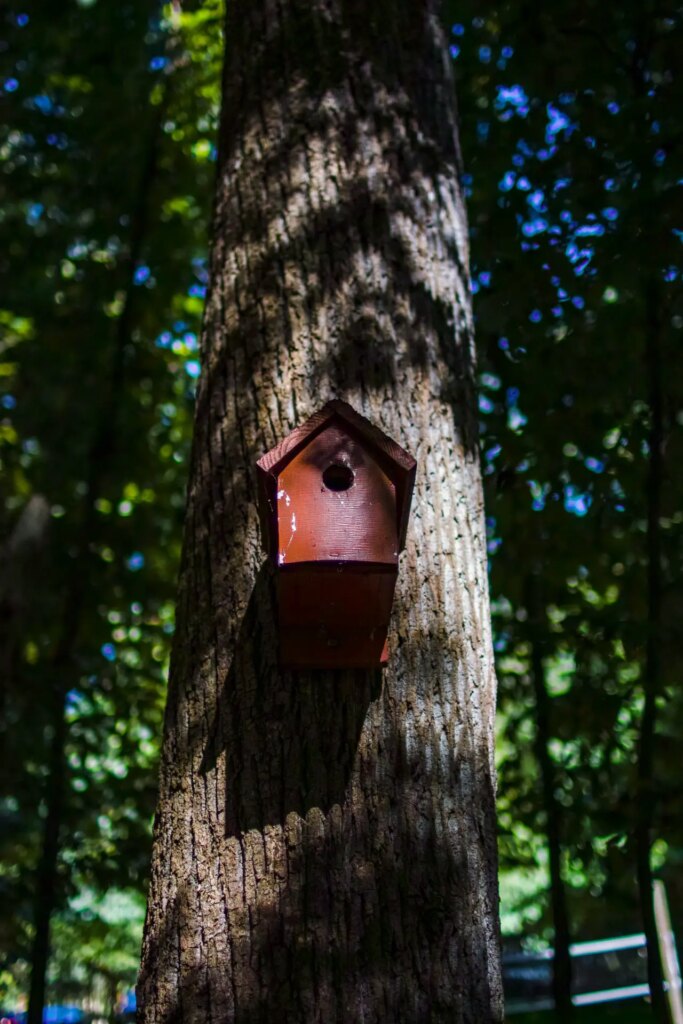
…and B&W images…
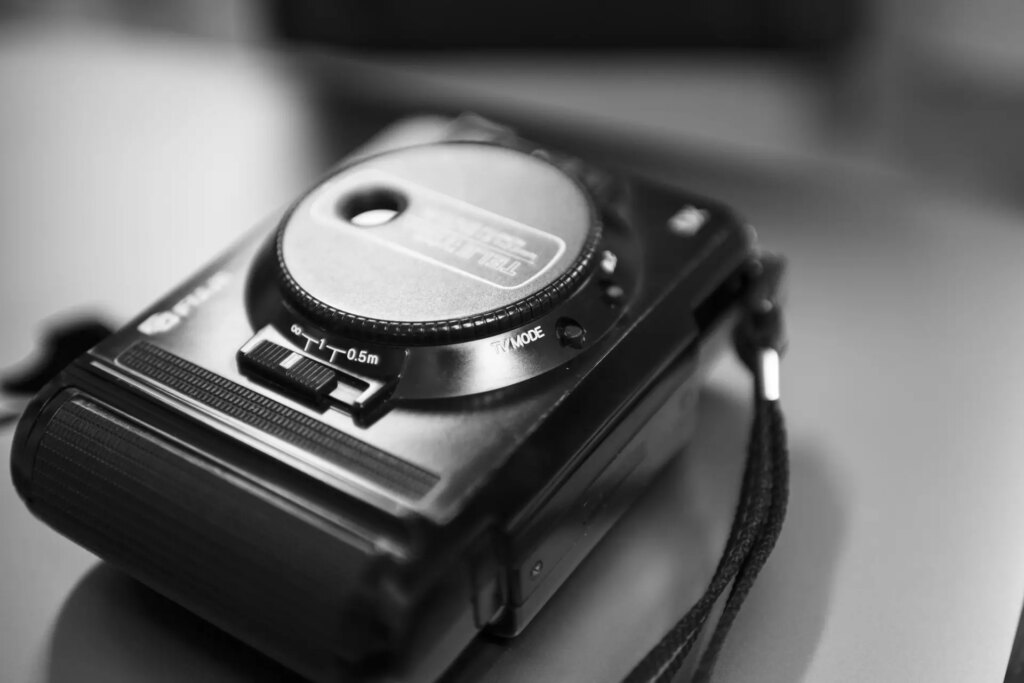
…it produced and Infrared was forgotten about.
That was until I read an excellent Infrared article by Dave Powell here on 35mmc about Infrared camera gems. Inspired by this article I decided to give Infrared a go. I am newbie to this so those with more experience bear with me here. As far as I know, there are three paths to digital Infrared photography.
1. Destructive sensor modification.
With most cameras, the Infrared cut filter is a part of the sensor array so you send your camera off to have it permanently removed. Then a visible light cut/Infrared cut filter is added, either to the sensor array or by use of a lens filter, and there you are. This was a bit more of a commitment than I was willing to make. Had thought, before knowing about the sd Quattro and reading Dave’s article that this was the sole path to Infrared photography, but that is not the case.
2. Long exposure with a visible cut light filter.
I was this many years old minus the publish date of Dave’s post when I found out that there was another method. He lists cameras that can be used with a visible light filter and long exposure to capture Infrared light. Cool. Was so caught up in this article that I started scouring the internets for the cameras he listed. Then I remembered a third way.
3. sd Quattro removable Infrared cut filter,
SIGMA being SIGMA using a Foveon sensor was not enough weirdness for them. They also made the Infrared cut filter easily removable. It sits ahead of the sensor.
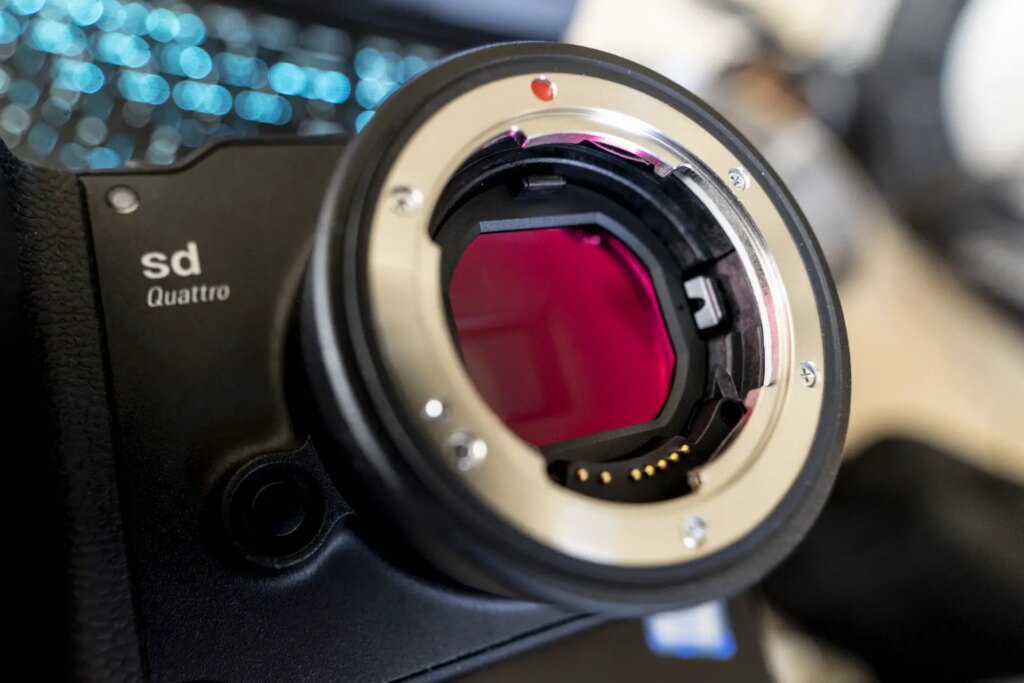
And as outlined in this video (Accompanying sd Quattro specific article here.) all that is needed to remove it…
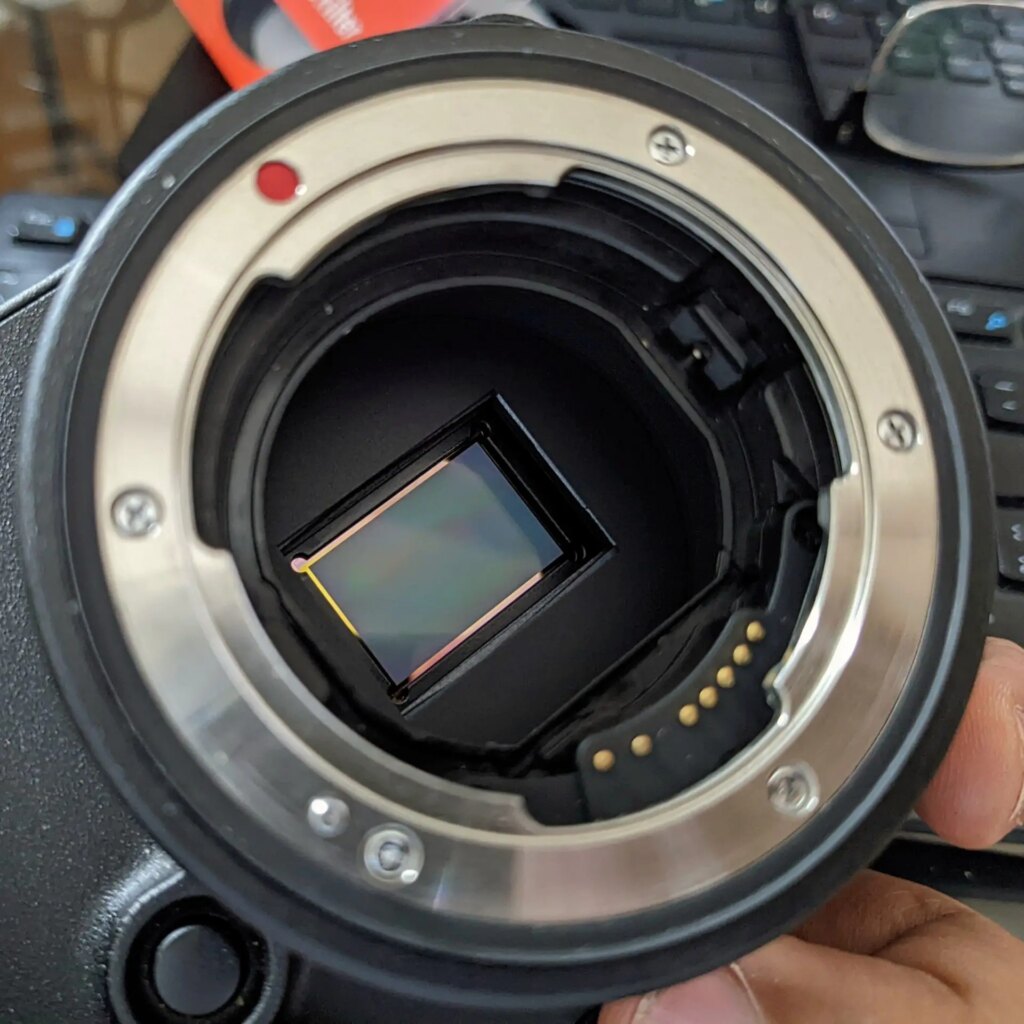
…is a highly specialized, proprietary tool. Just kidding, tweezers.
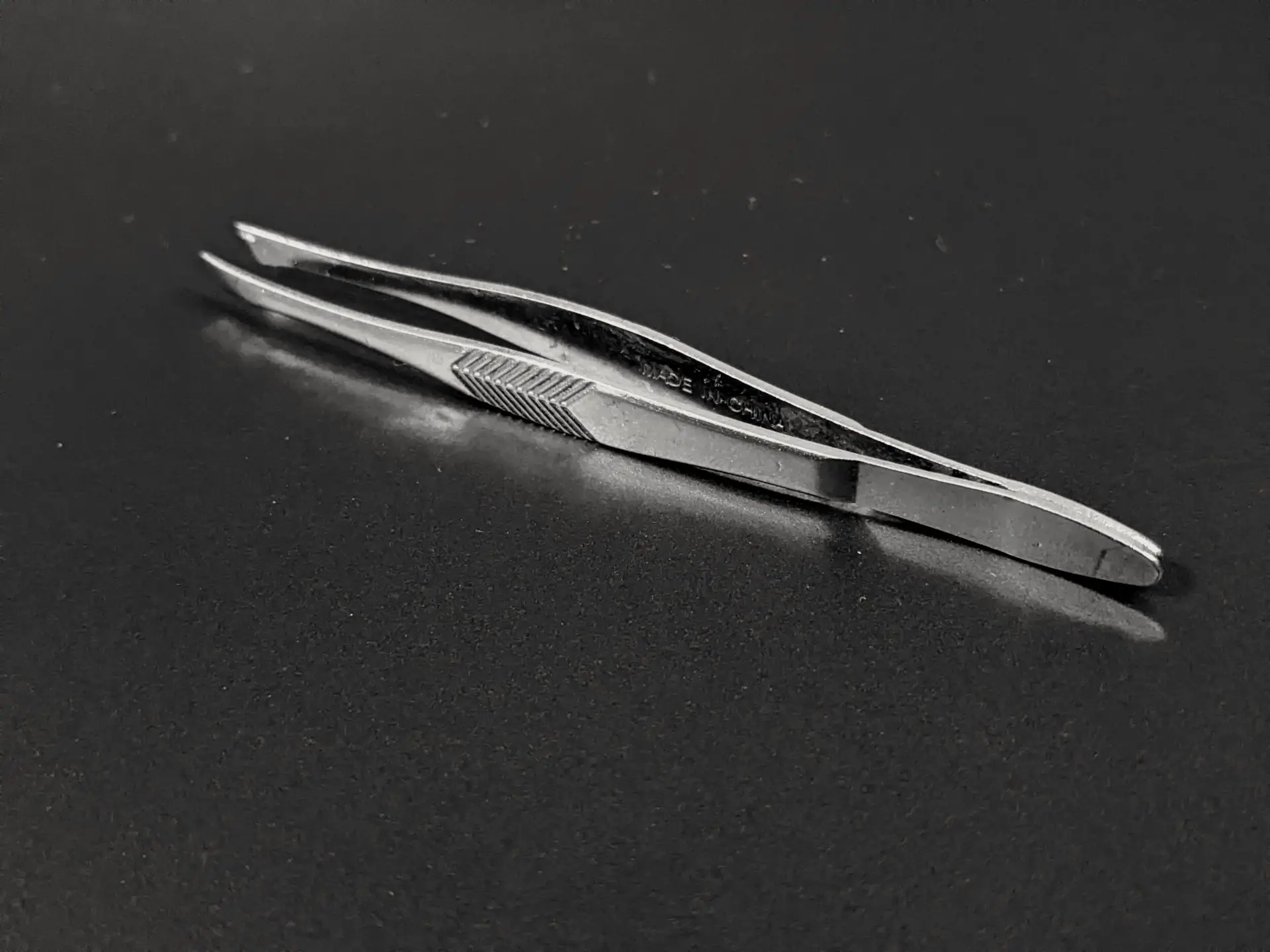
With this, I ordered an inexpensive visible light cut/Infrared pass filter for the SIGMA Art 30mm f/1.4 and I was good to go.
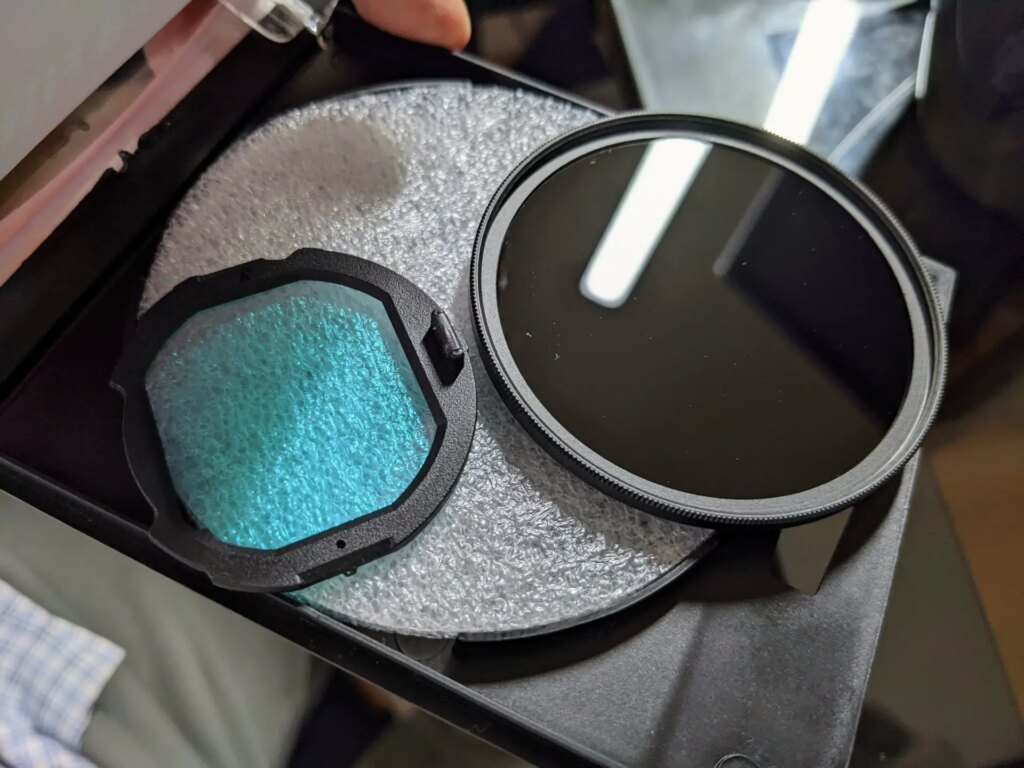
Next up. Pictures. I was still not really sure what to expect from Infrared photography so I figured I would make use of both Quattros for a back-to-back color visible light vs. black and white Infrared comparison. Color renders a completely red scene that I find jarring. Can be modified as I understand things, but I chose to go the monochrome route instead.
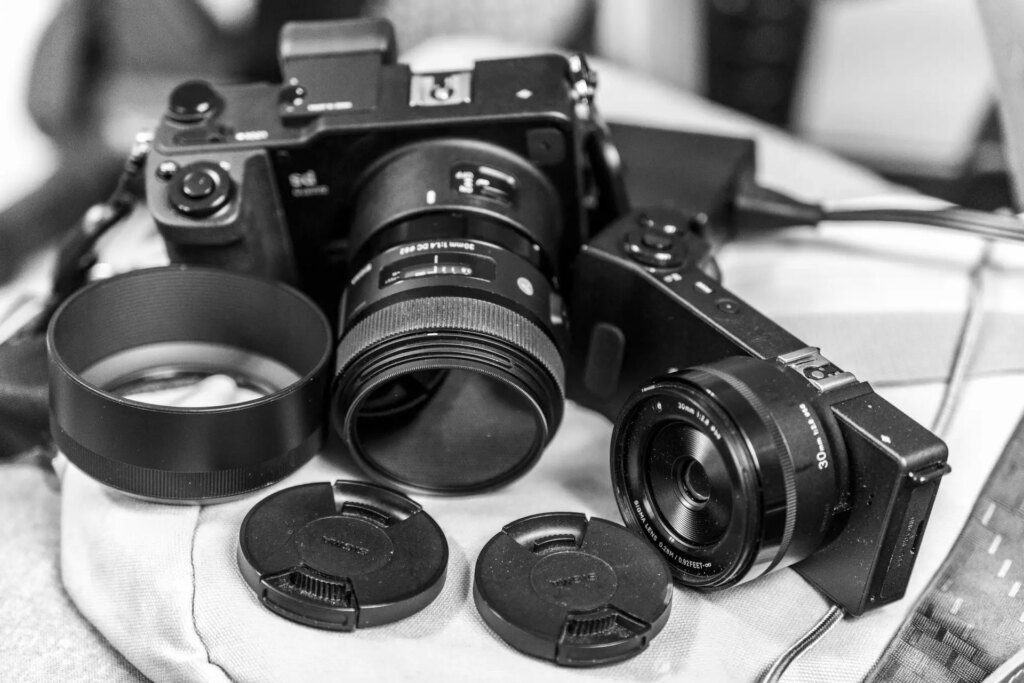
I wanted to see exactly how Infrared differs from visible light photography.
Ground rules:
- Venue would be my usual local fancy pants garden gear test facility.
- Set both cameras to program.
- Considered using aperture priority to limit the sd to f/2.8, but since the dp2 cannot attain its 1/2000s top shutter speed at f/2.8 I immediately lost interest and went with P mode to let the cameras sort it out.
- Photos taken back to back matching framing with their 30mm lenses as well as I could.
All of the photos are shown in this post on my page, but here I chose my favorite 5 sets of photos.
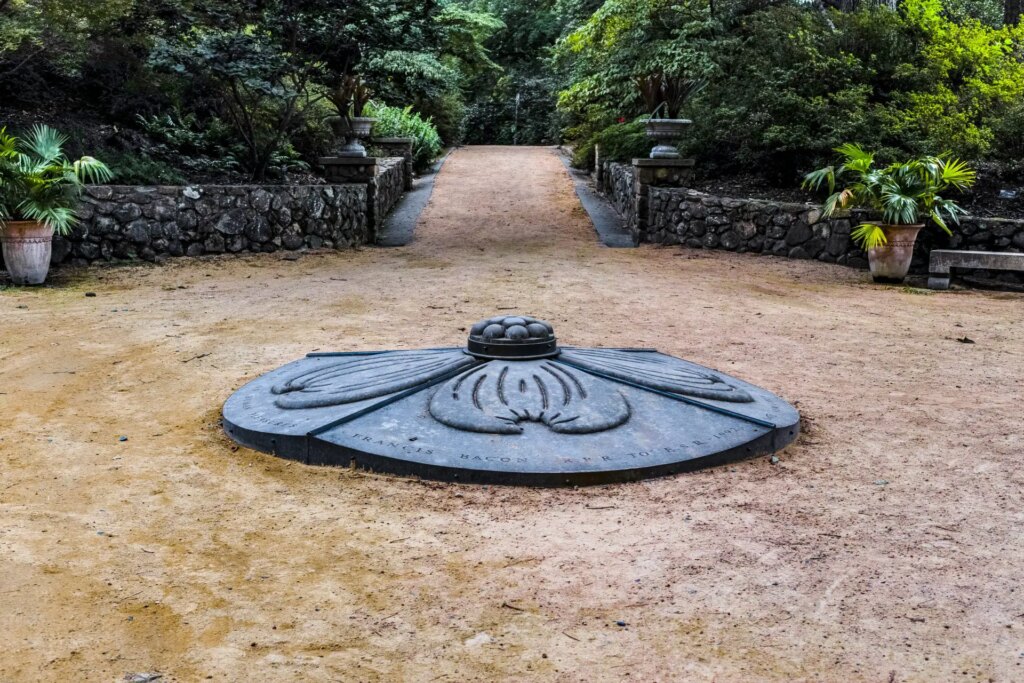
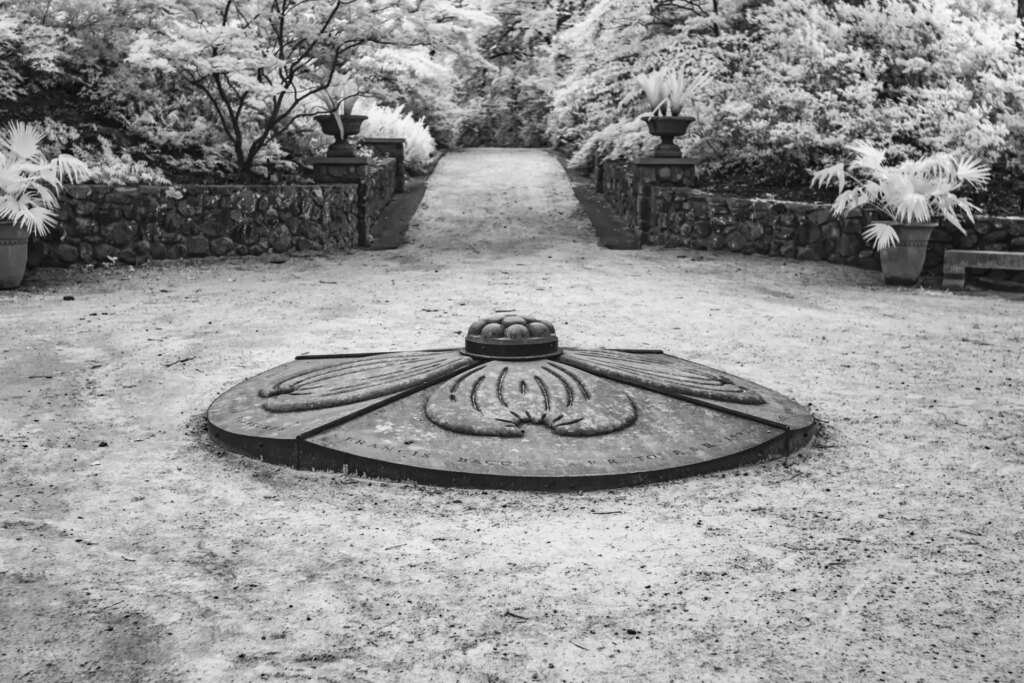
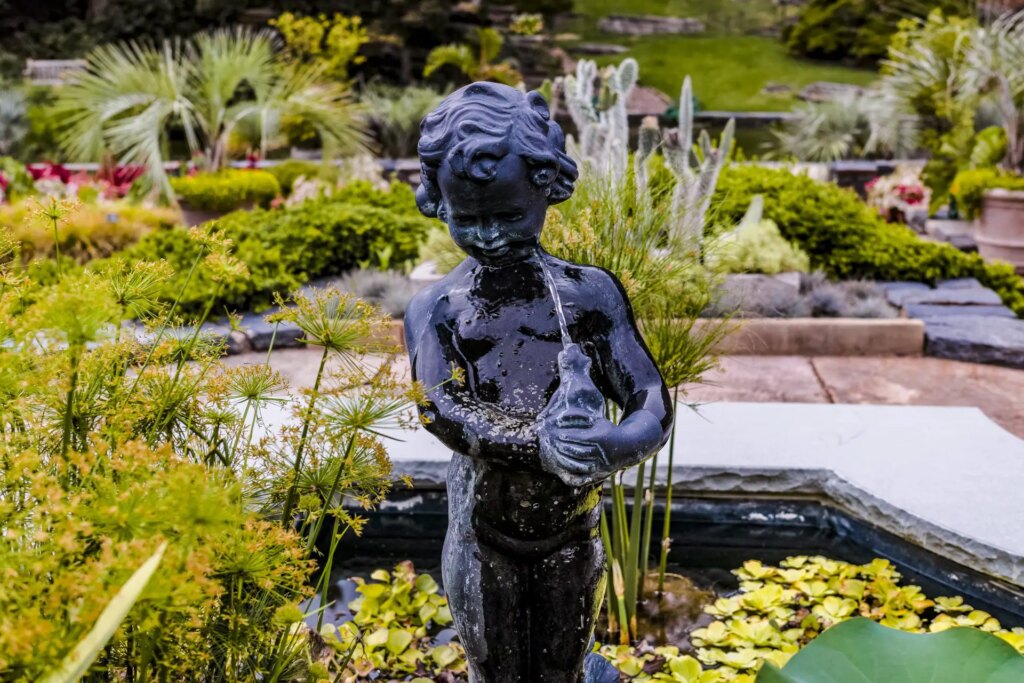
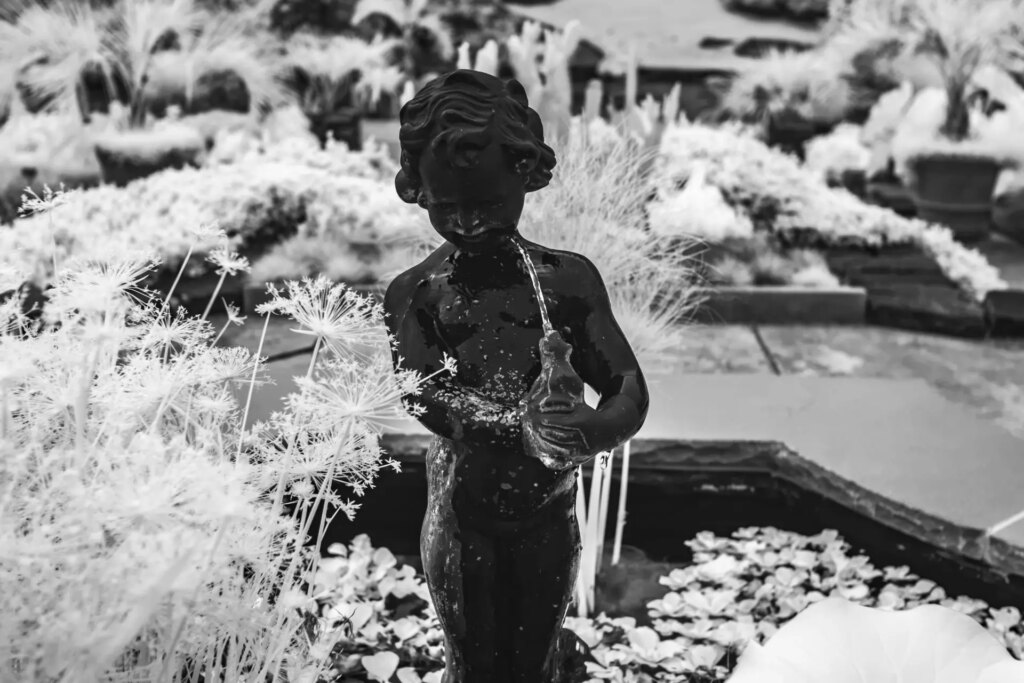
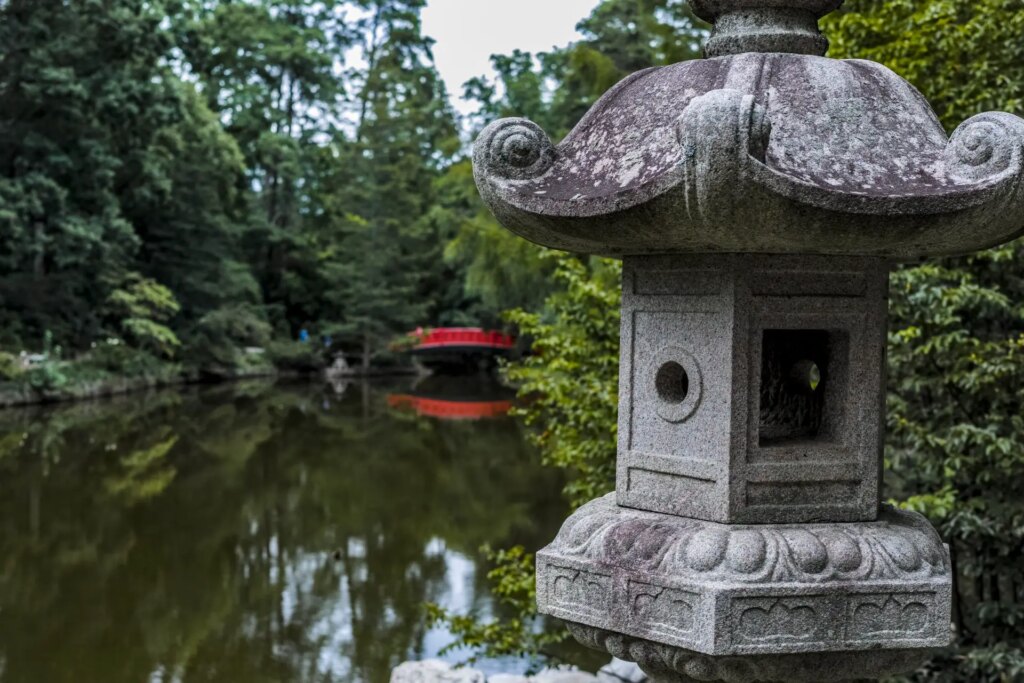
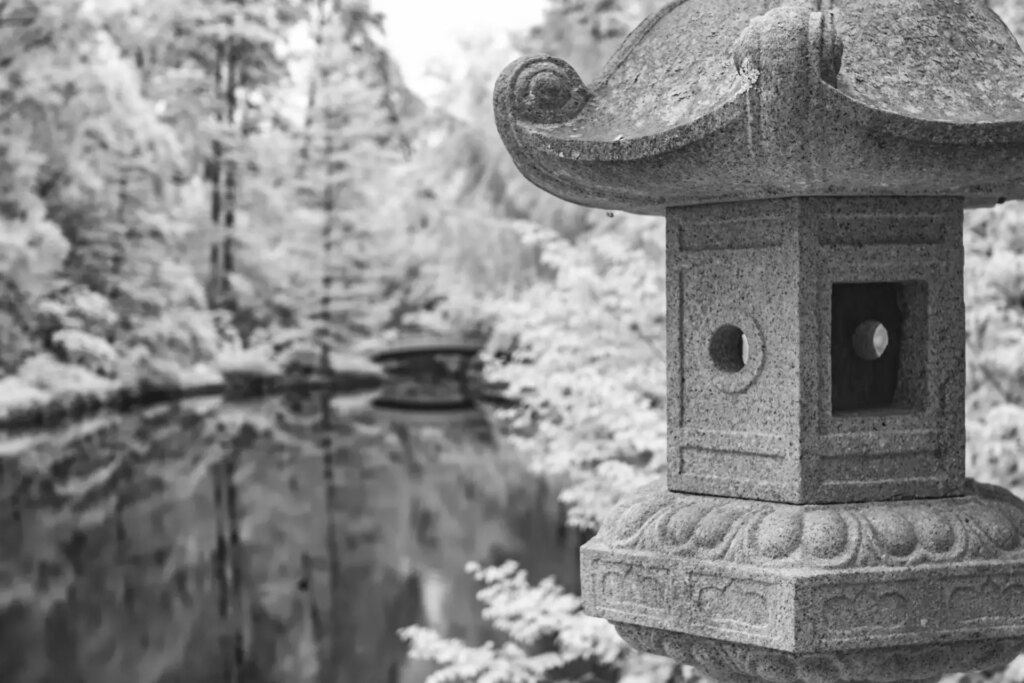
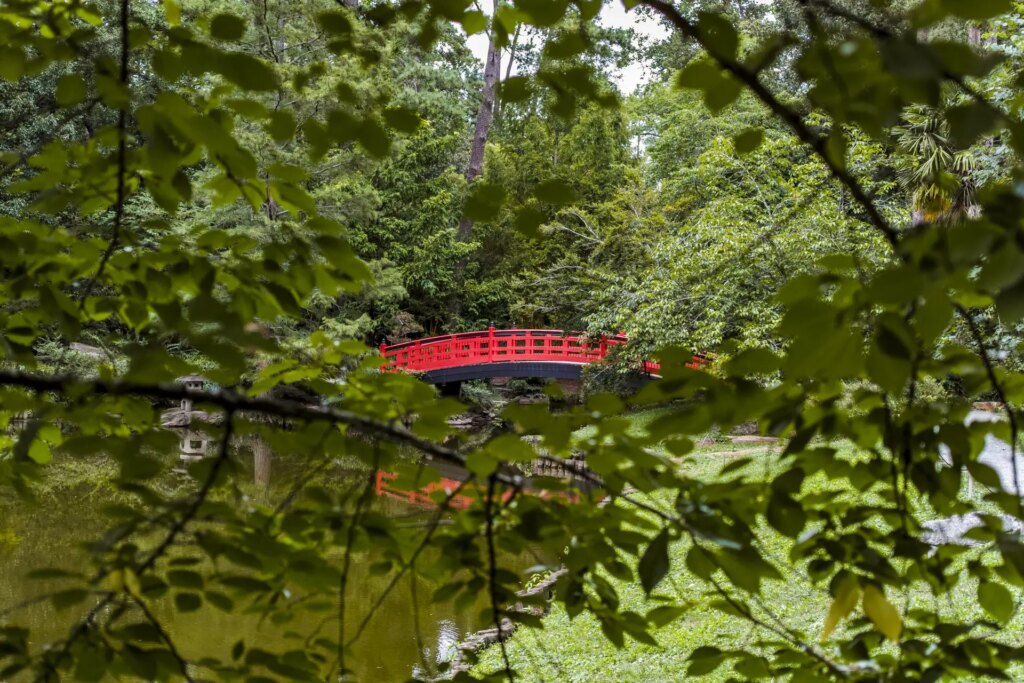
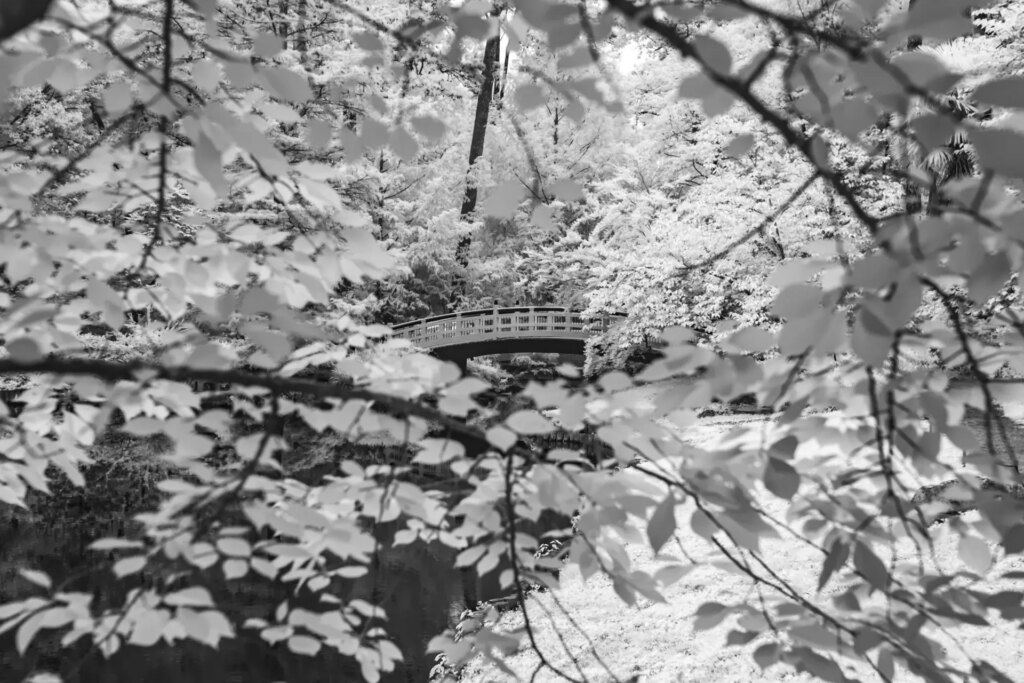
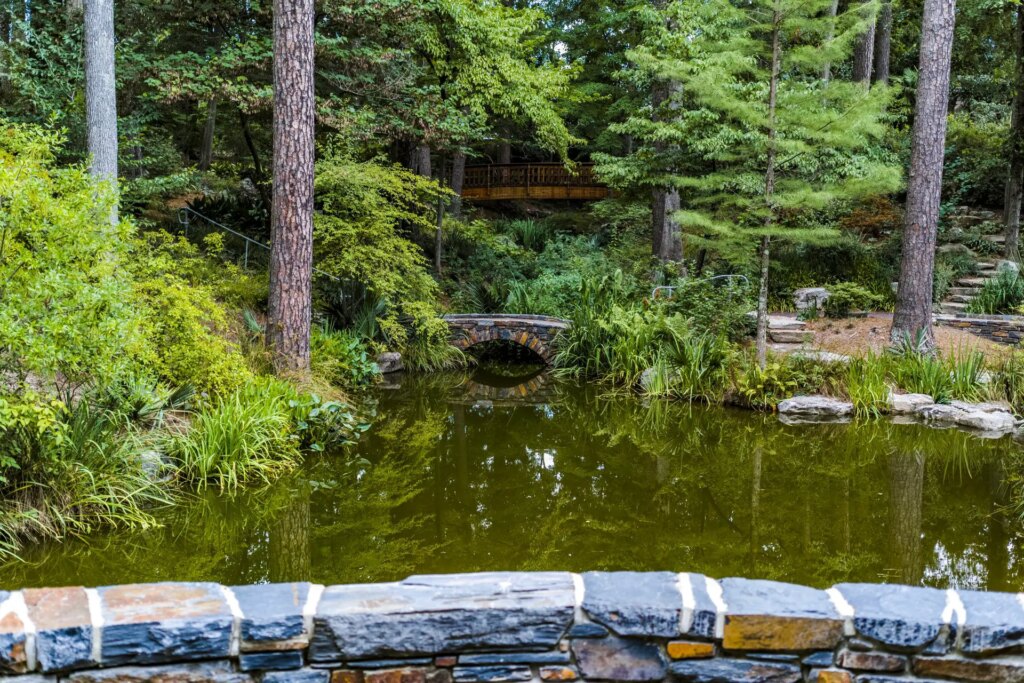
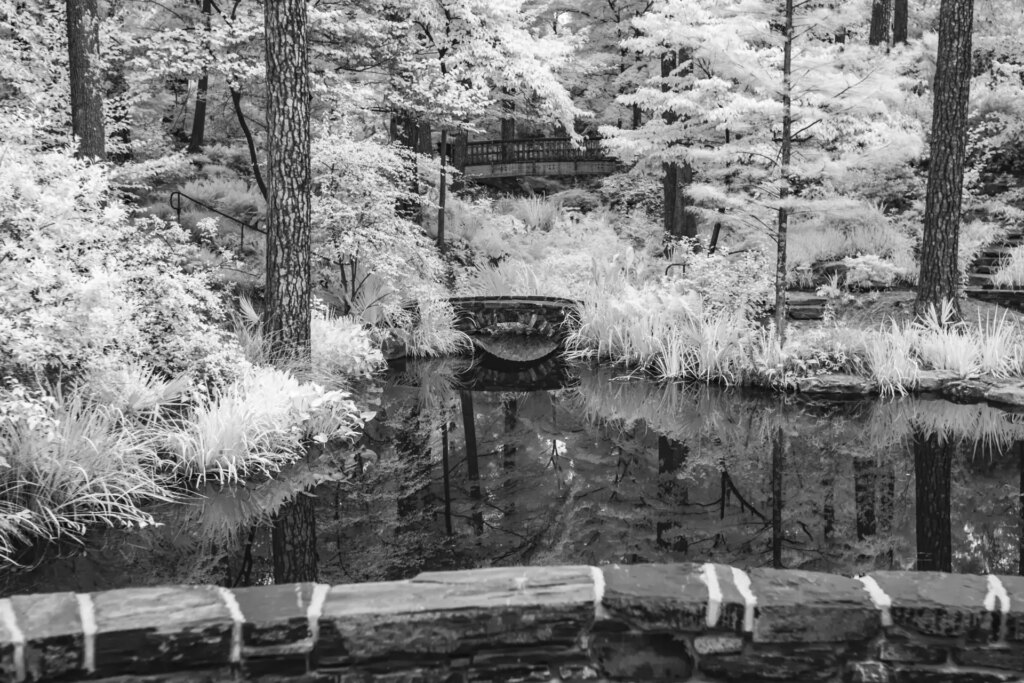
Final Thoughts.
I cannot say with 100% certainty yet why I like Infrared images. Part of it is that I find it fascinating to capture images that I would not be able to see with my naked eye. Part of it is simply that it is yet another tool to use. I thought this might be a passing fancy and after a day or two I would put the Infrared cut filter back and move on, but that has not been the case. Not only have I not reinstalled the IR cut filter yet, but I have also ordered yet another filter that allows blues in color Infrared scenes. Have taken a few test shots, but have yet to go out and intentionally shoot with it. (Update: Here is a post using the Kolari IR Chrome filter.) The first two comparison sample shots are below.
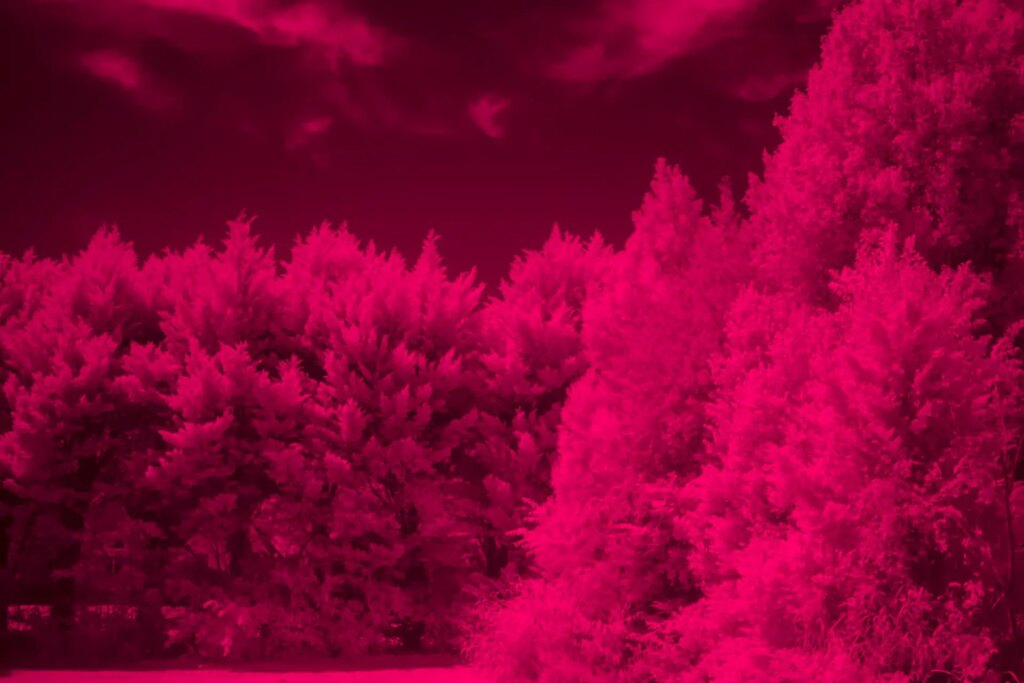
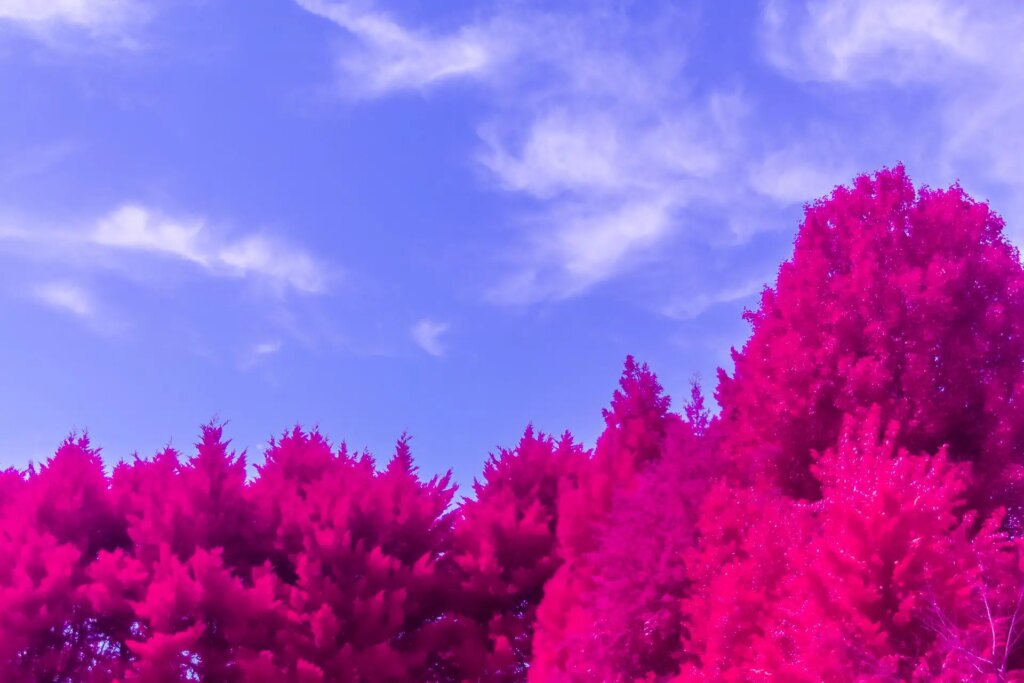
Sidenote: Kolari and two different online photography retailers had three different prices for this Kolari filter. Kolari showed it back-ordered and both retailers had it listed as a special order. Could not find it in stock anywhere. Adorama had it listed at the lowest price of the three so I ordered it from them. Interestingly Adorama sent it to Kolari to be fulfilled and Kolari shipped the filter to me in a couple of days. So I got the filter from Kolari at the Adorama price. Nice.
Infrared makes not a lick of sense to me, but I still like it. The bottom line is that I am having fun, and that is reason enough alone for me. I plan on doing much more Infrared photography and Kudos to SIGMA for making this as accessible as they have.
I appreciate having this opportunity to share my experiences.
Eric L. Woods
I shoot a variety of new and old digital and film cameras. Industrial Engineer by education, IT is my vocation, and I really enjoy using, testing, and writing about cameras. All three of the latter are very therapeutic exercises for me. If you are so inclined my blog address is ewoodsphoto.com and I can be found on twitter and Instagram. All the best to you.
Share this post:
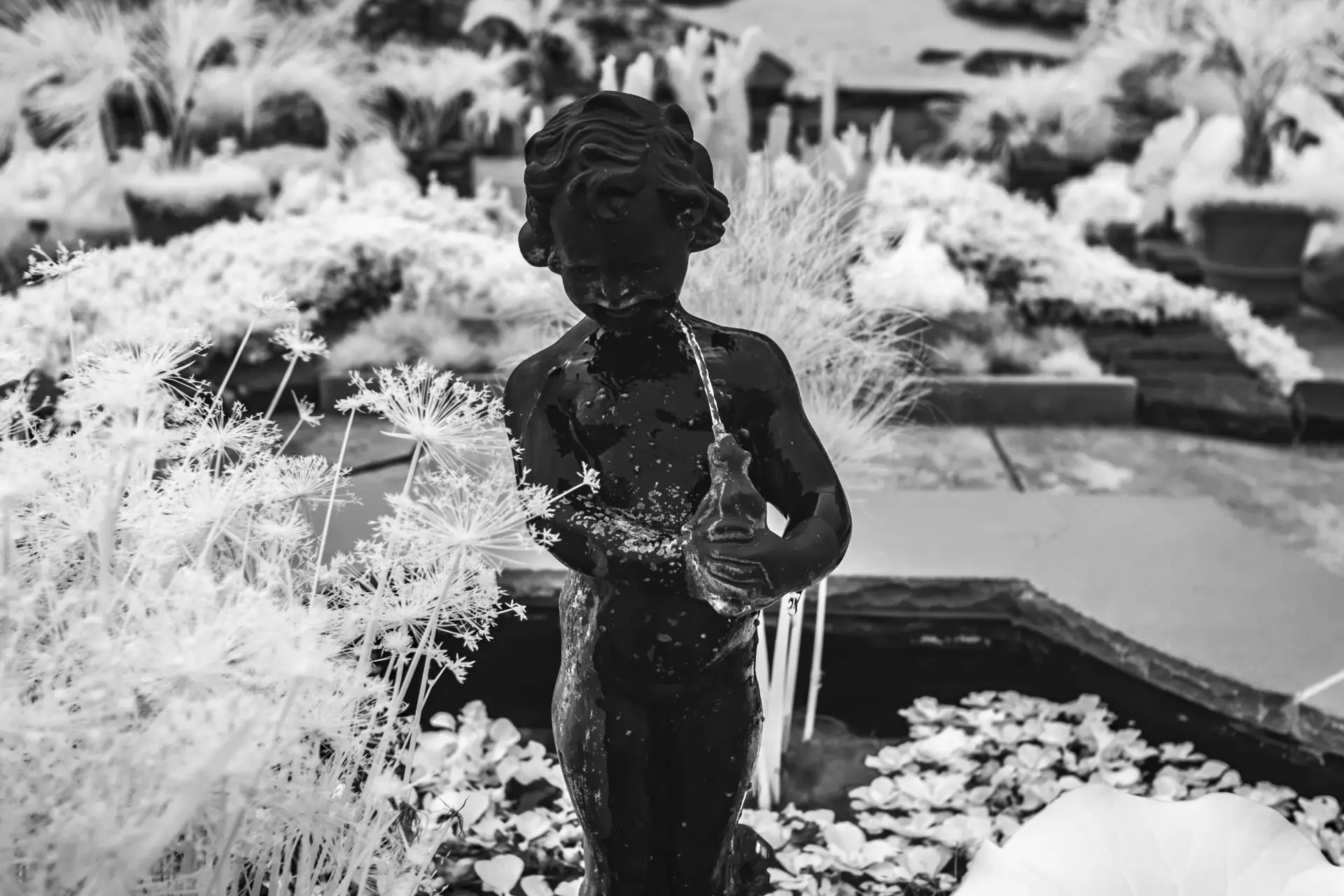








Comments
Steven G on Foveon Color and Infrared Black & White Back to Back Comparison w/ SIGMA dp2 Quattro and sd Quattro – By Eric L. Woods
Comment posted: 21/09/2022
I do find those Sigma cameras very interesting too...
Thanks for the article!
Comment posted: 21/09/2022
Jim Evidon on Foveon Color and Infrared Black & White Back to Back Comparison w/ SIGMA dp2 Quattro and sd Quattro – By Eric L. Woods
Comment posted: 21/09/2022
I picked up a Sigma DP2Merrill on Ebay recently after reading for years about the Foveon color, sharpness and extrodinary detail that exites pixel peepers. I'l have to admit that it is all true with one big caveat. Shooting is very slow and postprocessing is likewise, not to mention that a pocket full of fresh charged batteries are needed since you are unlikely to get more than 10 to 20 shots per fresh charged battery.
Neverthelessless, I am now tempted to get an SDQuattro for convenient IR conversion or DPQuattro for improved higher ISO. But since a new FF Foveon is due on the market some time this year, I'll hold off upgrading. BTY, the DP Merrll series is as close to Leica build as you will get without getting the real thing. I know since I also have several analogue and digital Leica's.
Comment posted: 21/09/2022
Graham Orbell on Foveon Color and Infrared Black & White Back to Back Comparison w/ SIGMA dp2 Quattro and sd Quattro – By Eric L. Woods
Comment posted: 22/09/2022
Going from memory there used to be a Kodak infrared colour film. Transparency I think? As I understand it was used to detect live or dead vegetation in aerial photography of forests. Also during the war in Vietnam for detecting camouflage in forests. Dead vegetation would show up as a different colour to live vegetation due to the difference in heat emitted.
Lenses back then often had an infrared red index mark and were focused normally then moved to the IR index mark when using infrared film.
Comment posted: 22/09/2022